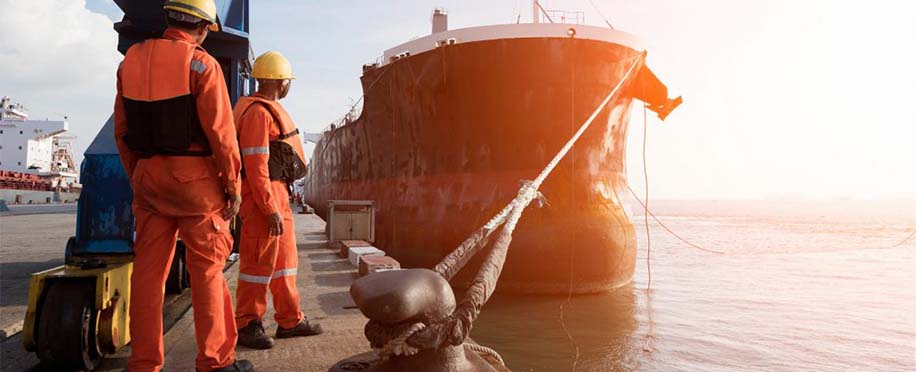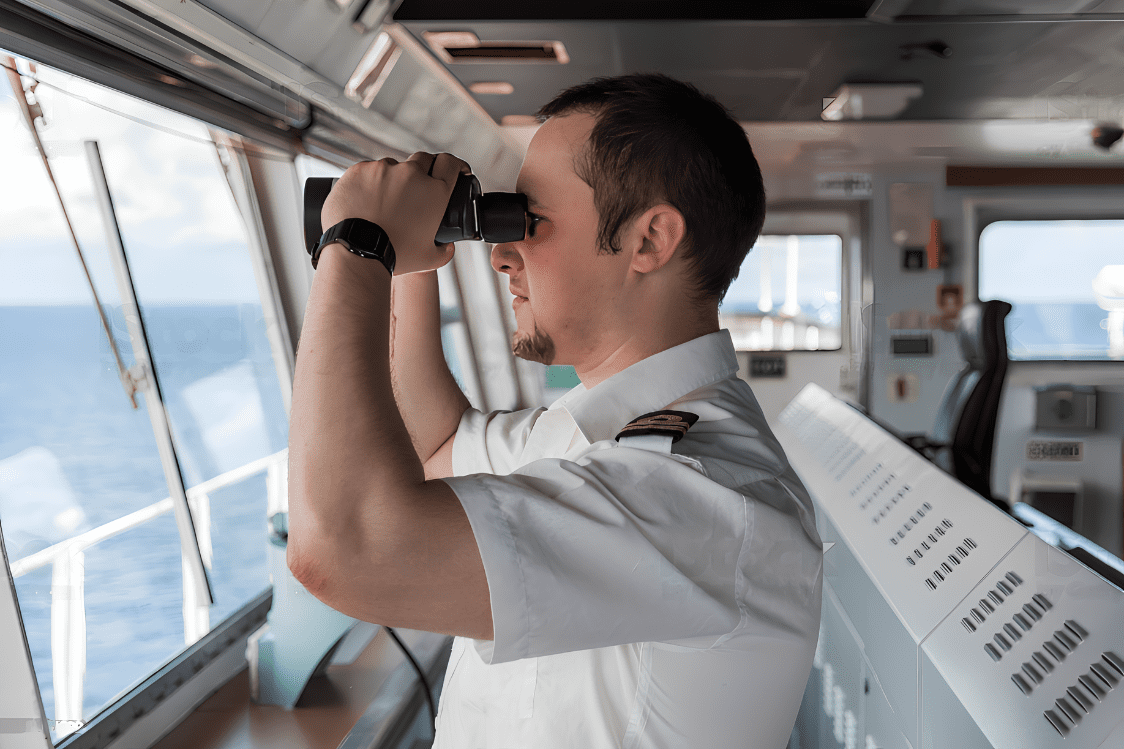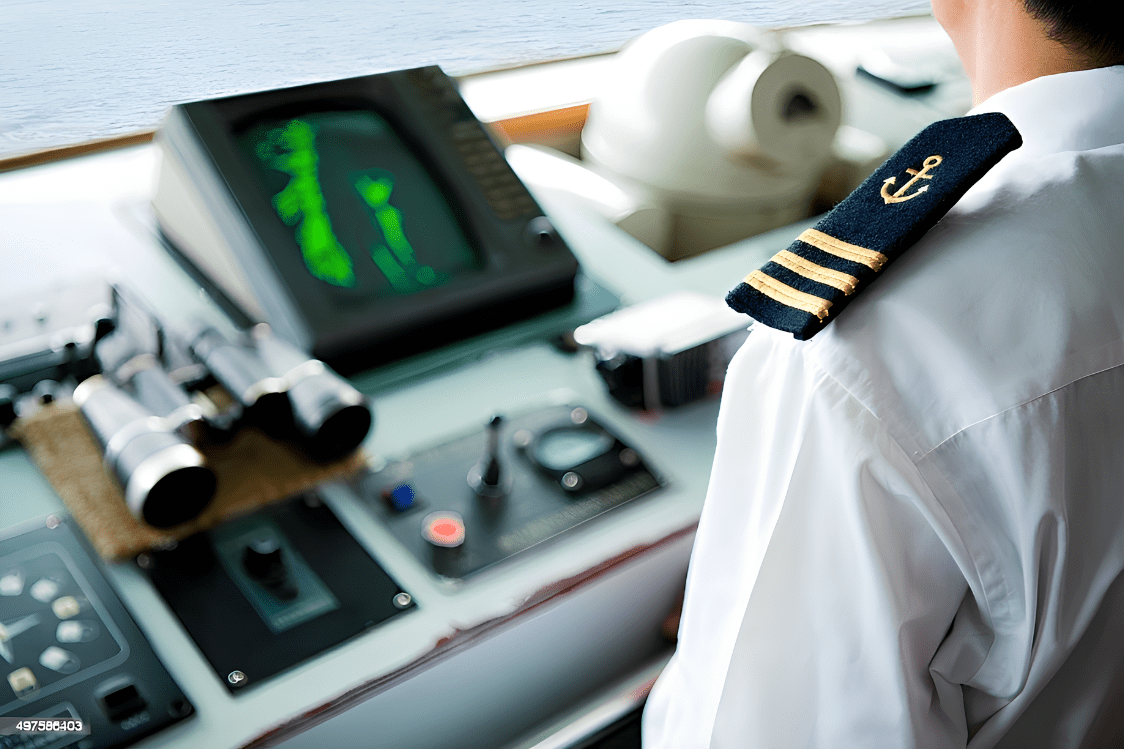SOPEP Explained: How Ships Must Respond to Oil Spills at Sea
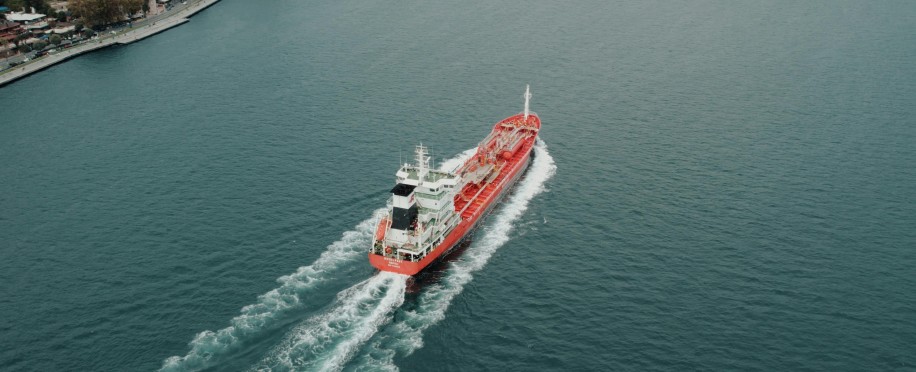
Posted on Feb 27, 2025 at 10:02 PM
Protecting the marine environment from oil pollution is a top priority in the shipping sector. When an oil spill occurs at sea, it not only affects marine life but also coastlines, birds, and entire ecosystems. For this reason, having an effective oil spill emergency response plan is crucial to ensuring compliance with international ecological standards and protecting marine resources.
In this context, the SOPEP (Shipboard Oil Pollution Emergency Plan) comes into play, which is a basic requirement under MARPOL, specifically Annex I. This plan ensures that ships have clear procedures and appropriate equipment to respond effectively to pollution incidents. So how does SOPEP work? What are its basic components? This article offers an overview of its key aspects.
What is SOPEP?
SOPEP is the Shipboard Oil Pollution Emergency Plan, a mandatory manual under MARPOL Annex I for all ships over 400 gross tons and for all tankers over gross tonnage. The main objective of the plan is to provide clear guidance to crew members on how to handle oil discharges, thus ensuring environmental damage is minimized and an effective emergency response is provided.
The plan includes information on how to document any occurrence, the procedures needed to reduce pollution, and the specific roles of each crew member during an emergency. It also provides guidelines on the equipment required, such as absorbents, spill response sets, containment booms, and vessel tracking systems, to ensure an effective and rapid response. Additionally, it assists in the proper management of noxious substances and ensures compliance with IMO regulations.
Key Components of SOPEP:
The SOPEP consists of several fundamental elements that aim to achieve an integrated response to emergencies:
List of Important Contacts.
The SOPEP requires each ship to comply with regulations by maintaining a set list of national authorities, shipowners, and pollution response teams. This helps ensure effective communication and supports the development of operational response measures.
Oil Spill Notification Procedures.
The plan outlines the signs of a spill, the steps to check and manage the situation, and the procedures for carrying out timely notification to the designated relevant agencies.
Spill Control Steps
The plan serves as a guide on controlling the source of the spill, using approved equipment such as absorbent materials, booms, and kits, and preventing the spread of oil in aquatic waters.
Crew Responsibilities.
The SOPEP defines the roles and responsibilities of each crew member—such as the master, officers, and deck personnel—to ensure that the necessary actions are carried out efficiently.
Equipment Necessary for Pollution Prevention.
The plan contains an inventory of necessary equipment—such as spill containment sets, sorbents, containment booms and oil pollution management materials—which must be available onboard as per IMO requirements.
Additionally, some maritime safety courses in Dubai assist in the progress of practical training for the crew on how to effectively implement updated SOPEP plans and respond to nautical emergencies, requiring them to be well-prepared for any situation in Indonesia and beyond.
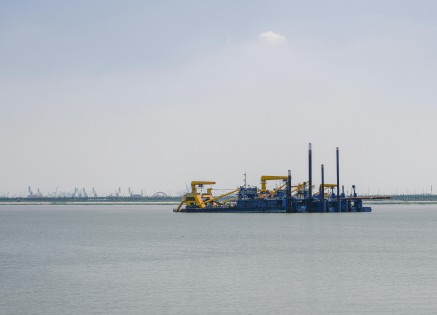
Contents of SOPEP:
SOPEP consists of several main sections that ensure an organized response to pollution incidents:
- Action Plan: Identifies the steps to be taken when an incident occurs, ensuring an effective emergency response.
- Ship Information: Entails details of the vessel's tonnage, stock, and discharge management measures.
- Containment Procedures: Methods of using spill containment equipment, such as sorbents and pads to prevent pollution.
- Available Equipment: An inventory of materials used for pollution mitigation and response, including sorbent kits and shipboard protective gear.
- Reporting Procedures: Identifies the steps necessary to report incidents to the appropriate regulatory bodies and maintain compliance.
- Technical Drawings: Contains details of fuel lines, liquid cargo handling systems, and ship security features.
- Record Keeping: How to document incidents to ensure compliance with IMO and MEPC regulations.
Finally,
SOPEP is an essential tool for ensuring ecological protection and dealing with oil releases in an effective manner in accordance with MARPOL Annex I standards. Through correctly implemented SOPEP/SMPEP plans, pollution can be prevented, the ecological effect of spill incidents reduced and compliance with IMO regulations ensured. So, having a well-structured SOPEP that contains all mandatory measures, equipment, and emergency response steps is critical to managing oil pollution incidents successfully aboard vessels.
